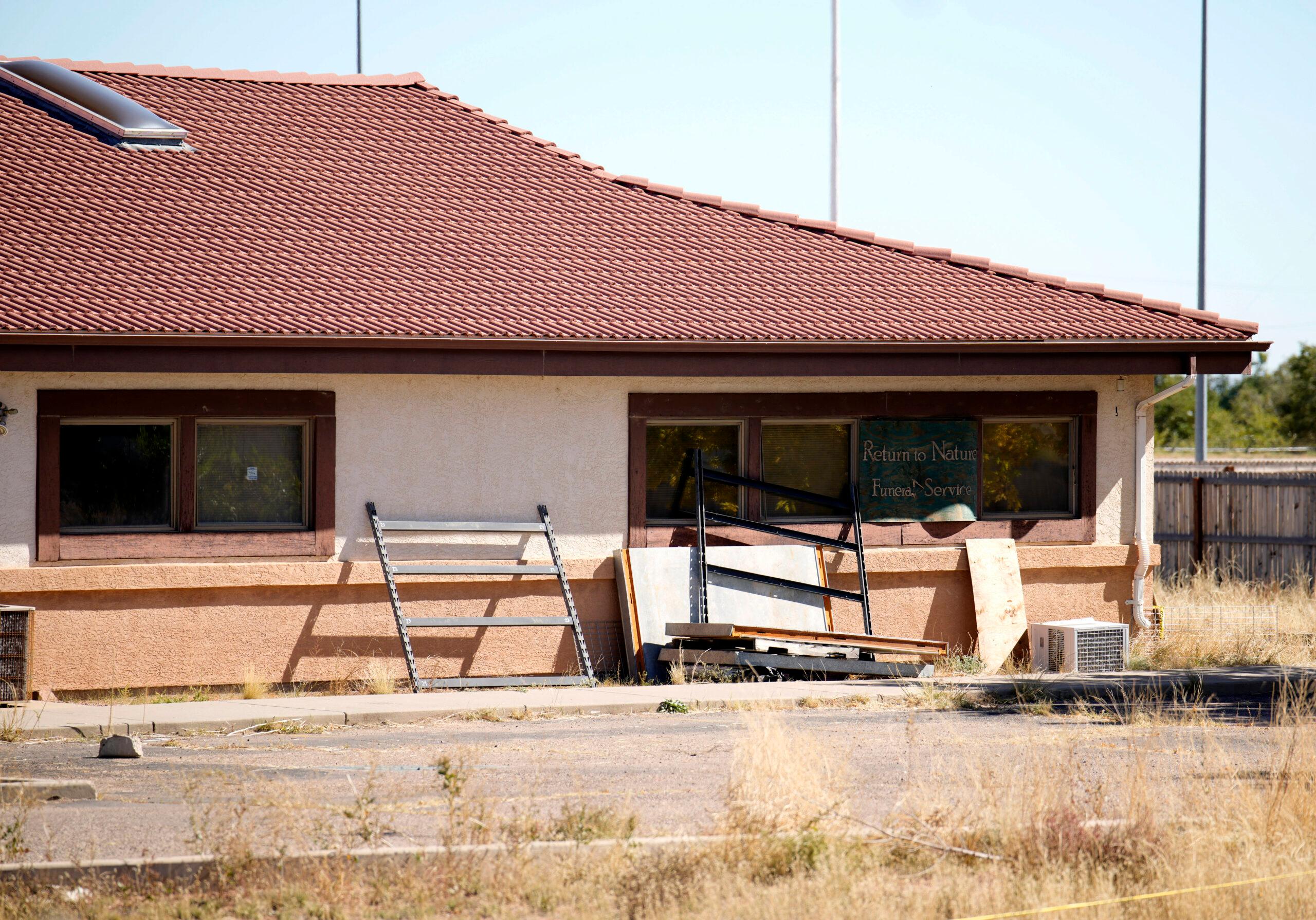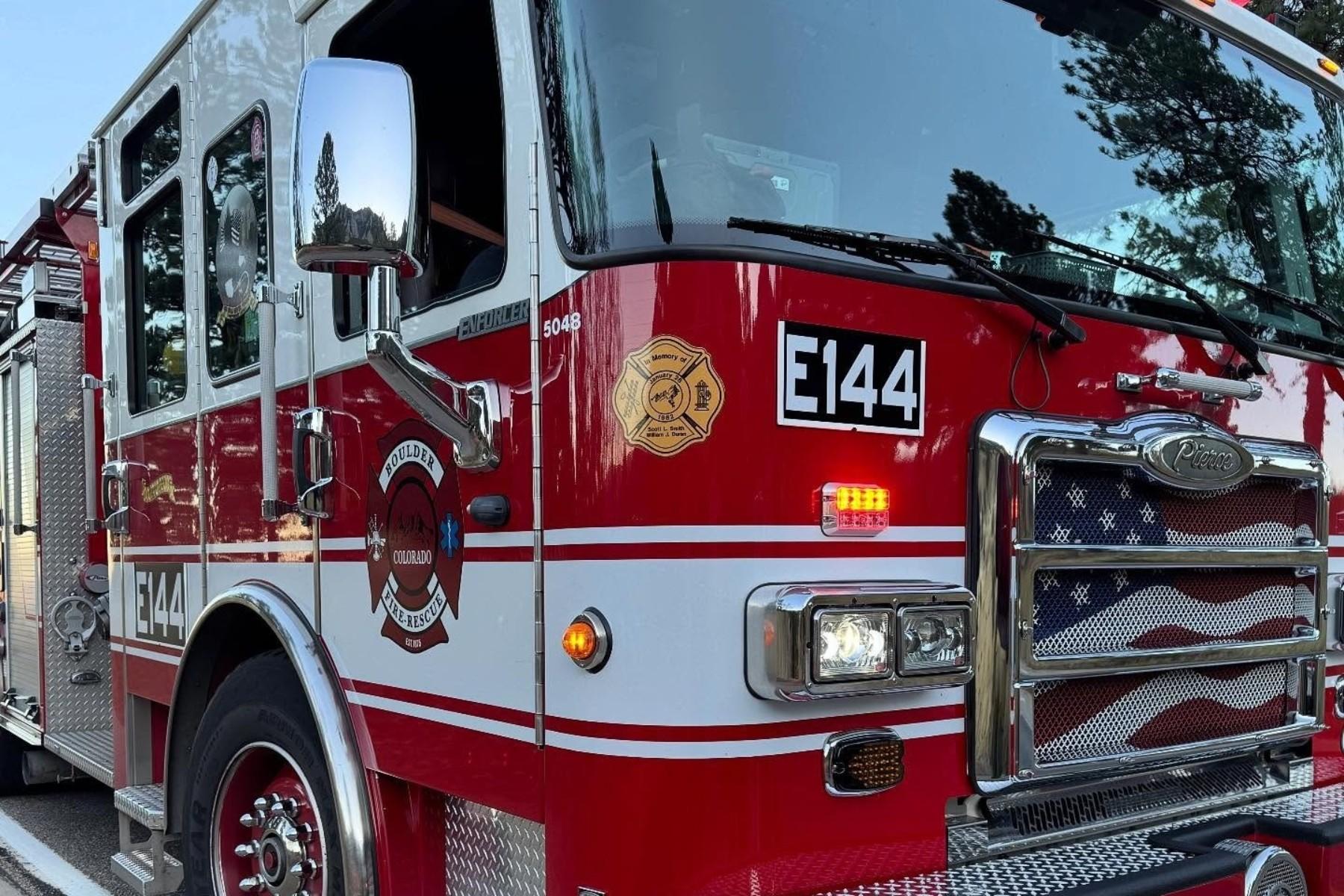
The Front Range Tree Recommendation List includes over 200 varieties of tree that were evaluated and rated by experts in the industry based on decades of experience.
It aims to serve as a single reference point for professionals to use and share with customers. Trees were evaluated on five different critical factors and eight cautionary cultural factors.
List of recommended and not recommended trees
But first, about the tree categories
Each tree on the list is placed into one of four categories (recommended, recommended for most sites, conditionally recommended, and trees with potential) or added to a non-recommended list.
Here's the list for recommended trees, as well as those not recommended, with links to the full list of the other three categories below.
Category 1: Recommended trees
A tree is recommended if it has consistently displayed no serious vitality issues related to any of the critical factors.
- Bigtooth Maple
- Boxelder 'Sensation' Maple
- Sugar Maple: Caddo 'John Pair, 'Autumn Splendor', Flashfire
- Tatarian Maple, 'Hot Wings'
- Common Horsechestnut
- Thinleaf/Mountain Alder
- Saskatoon Serviceberry
- Shadblow Serviceberry
- Northern/Western Catalpa, 'Heartland'
- Common Hackberry, 'Prairie Sentinel'
- Eastern Redbud
- Cornelian-cherry dogwood, ' Golden Glory'
- Cockspur Hawthorn
- Russian Hawthorn
- Washington Hawthorn
- Green Hawthorn, 'Winter King'
- Thornless Common Honeylocust varieties: 'Imperial', 'Shademaster', 'Skyline'
- Kentucky Coffeetree varieties: 'Espresso', 'Decaf', 'Skinny Latte', 'Prairie Titan'
- Golden Raintree
- Apple tree varieties: Honey Crisp, McIntosh, Red Delicious, Sweet Sixteen, Zestar
- Crabapple varieties: 'Coralburst', Indian Magic, Radiant, Red Baron, 'Royal Raindrops', Sargent, Sargent Tina, Spring Snow, Thunderchild
- Plains Cottonwood, ‘Jeronimus’
- Lanceleaf Cottonwood
- Apricot-Chinese
- Apricot 'Moongold', 'Moorpark'
- Cherry: 'Montmorency,' 'North Star'
- Plum: Mount Royal, Santa Rosa, Stanley, Superior
- European Birdcherry
- Callery Pear varieties: Aristocrat, Chanticleer, Autumn Blaze, Respire, Jack, Capital, Javelin
- Gambel Oak
- Bur Oak
- 'Urban Pinnacle' Oak
- Chinkapin Oak
- 'Crimson Spire', 'Streetspire' Oak
- Peking Lilac, 'Summer Charm'
- Japanese Lilac, 'Ivory Silk'
- Arizona Cypress
- Chinese Juniper
- Rocky Mountain Juniper, Welchii’, ‘Gray Gleam’, ‘ Cologreen’, ‘Wichita Blue,’ ‘Moonglow,’ ‘Medora’, ‘Skyrocket’, ‘Woodward’
- Eastern Red Cedar Juniper, ‘Hillspire’, ‘Idyllwild’, ‘Blue Arrow,’ 'Taylor'
- Black Hill Spruce, 'Densata', 'Whiskey Blue Hills'
- Colorado Spruce
- Colorado Blue Spruce, 'Baby Blue', 'Baby Blue Eyes', 'Bakeri', 'Fastigiata', 'Fat Albert', Hoopsi', 'Colorado Weaping', 'Sester Dwarf'
- Bristlecone Pine (foxtail)
- Pinyon Pine
- 'Vandewolf's Pyramid' Pine
- Bosnian Pine, 'Emerald Arrow'
- American Linden, American Sentry 'Redmond'
- Littleleaf Linden, 'Greenspire'
- Silver Linden, 'Sterling Silver'
- 'Glenleven' Linden
- David Elm, 'Greenstone', 'Choicecity'
- Accolade Elm, 'Morton'


Category 2: Recommended for most sites
A tree in this category is generally recommended for most site but may have one vitality issue to one of the critical factors or have a cautionary problem. (See Tree Recommendation List for details.)
Category 3: Conditionally recommended
A tree is conditionally recommended if it has consistently displayed serious vitality issues related to one or more critical factors and one or more cautionary factors. Some of these critical and cultural factors can be mitigated through proper horticultural care. (See Tree Recommendation List for details.)
Category 4: Trees with potential
A tree with potential is often offered for sale and has the potential to do well here (USDA Hardiness Zone Rating of 5 or below) but the committee felt it has less than ten years of experience growing and maintaining a significant population of the trees in this area. The intention is to move these threes into one of the other categories based upon the collective experience of list users. (See Tree Recommendation List for details.)
Not recommended
A tree is not recommended if it has consistently displayed overwhelming vitality issues related to several of the critical factors or can be expected to do poorly under normal circumstances.
- Silver maple
- Freeman Maple - Autumn Blaze, Autumn Fantasy, Sienna Glenn
- All species of ash tree
- Black Walnut
- Bechtel Crab Apple
- Golden 'Rain Drops' Crabapple
- White Poplar
- Tower Poplar
- Bradford Pear
- Northern Pin Oak
- Pin Oak
- Purple Robe Black Locust
- Navajo globe willow
- All cultivars of Chinese Elm
- Emerald Sunshine Elm
- Japanese zelkova
More information
Experts recommend everyone conduct an analysis of their site before planting a tree including testing the soil to determine pH, text and composition. CSU Extension offers soil, water and plant testing. Find more information here.
They also suggest a thorough look into the physical attributes of each tree including mature size, fall color, growth habits, texture, flowers, fruit, etc. CSU Extension has an online resource to 'Ask Extension' any plant related question. Find more information here.
Here are other resources:
Tree planting tips from the Colorado State Forest Service available here.
How to determine what is wrong with your tree, including identifying culprits like insects and diseases, from the Colorado State Forest Service available here.
Want to know who the experts are involved in the update of the Front Range Tree Recommendation List? Here they are:
- Don Godi, ASLA, of Landscape Architects
- CNGA Nursery Persons: Stan Brown, Matt Ruud, Keith Williamson, David Dickey, Debi Borden-Miller
- CSU Extension Representatives: Jim Klett, David Staats, Eric A. Hammond, Alison O'Connor, Daniel Burcham
- Municipal arborists with CTC, CALCP, and ISA: Luke Killoran of the city of Lakewood; Ben Rickenbacker of the city and county of Denver; Freddie Haberecht of the city of Fort Collins
- Elena Shtern of Denver Botanic Gardens
- Kamie Long of Colorado State Forest Service
ASLA stands for American Society of Landscape Architects, CNGA stands for the Colorado Nursery and Greenhouse Association, CALCP stands for the Colorado Arborists and Lawn Care Professionals, CTC stands for the Colorado Tree Coalition, ISA stands for the International Society of Arboriculture.









